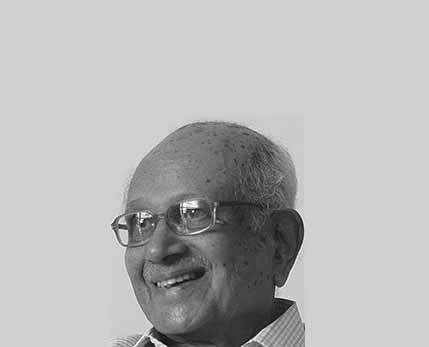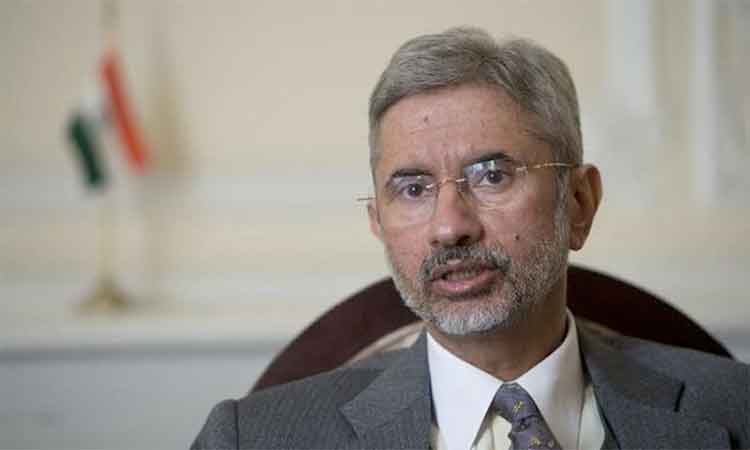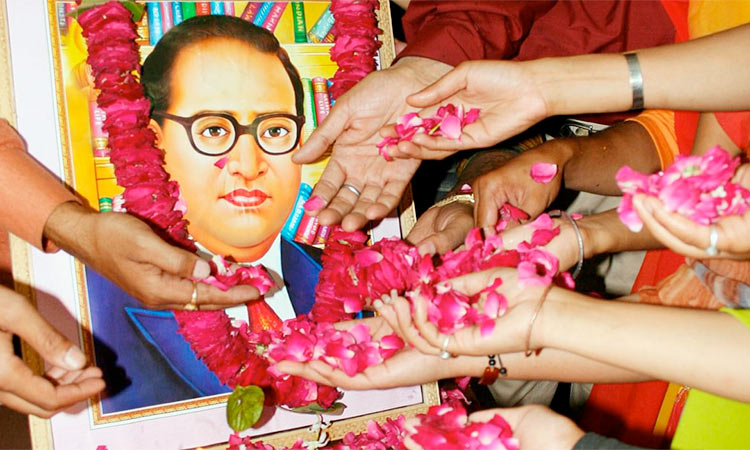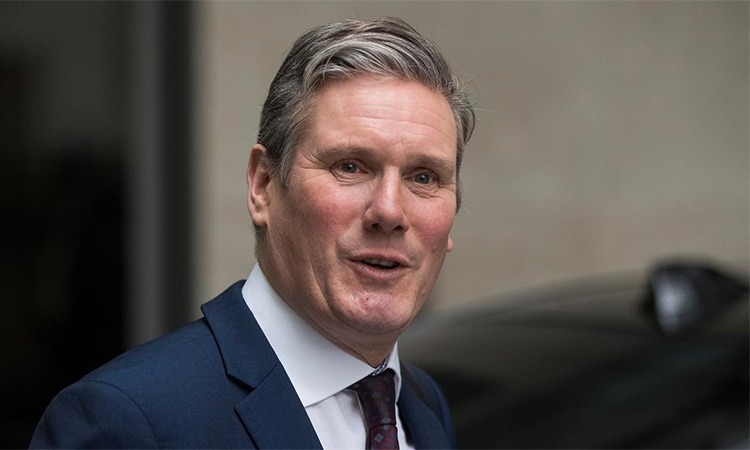Impediments in the path of social justice

BRP Bhaskar
@brpbhaskarIndian journalist with over 50 years of newspaper, news agency and television experience.

The outside view of the Indian parliament building in New Delhi.
The Constitution that came into force on January 26, 1950 gave primacy to social, economic and political justice, in that order, in the Preamble which outlines its objectives.
The Constitution-makers gave precedence to social justice over equality, fraternity and liberty, the cardinal principles of democracy as they knew the iniquitous social order created by the hierarchical caste system is a major obstacle to democratic progress.
Traditionally, those in the higher echelons considered those at the bottom as untouchables.
DNA-based studies conducted abroad in recent years have indicated that India’s rigid caste system originated in the 2nd Century BCE. The date was established on the basis of the finding that practice of endogamy began at that time.
This fits in with historical evidence. Pushyamitra Sunga, an army commander, had killed Maurya emperor Brihadratha in 185 BCE and established a Brahmin dynasty.
According to KP Jayswal, a renowned scholar, the ancient book of law popularly known as Manusmriti was written by one Sumati of the Bhrugu clan around that time to create a legal system favourable to the Brahmins in place of the egalitarian Buddhist system of the Maurya period. He averred that Sumati’s name was dropped a couple of centuries later and authorship of the work attributed to Manu to claim divine origin.
When the Constituent Assembly began its labours, the Organiser, official organ of the Rashtriya Swayam Sevak Sangh, had argued in an editorial that there was no need for a new Constitution when Manusmriti was available.
The Constitution banned practice of untouchability. Parliament followed it up with laws to penalise atrocities against Dalits and Adivasis.
But discrimination continues.
Government data indicates that crimes against Dalits, who are officially classified as Scheduled Castes, and Adivasis, who are officially classified as Scheduled Tribes, are rising, not falling.
In 2020, as many as 50,291 cases were registered for crimes against SCs and STs. This was 9.4 per cent more than in 2019.
Nearly one-third of the cases were for causing simple hurt. But there were also 855 cases of murder and 1,119 of attempted murder.
Untouchability did not save Dalit women from rape.
There were 3,372 cases of rape and 3,373 of assault with intent to outrage modesty.
The Hindi heartland states of Uttar Pradesh, Bihar, Rajasthan and Madhya Pradesh accounted for the bulk of the cases.
A total of 8,272 cases were registered for crimes against STs. This was 9.3 per cent more than in 2019. Making allowances for the police’s propensity to side with the members of the so-called upper castes, one can safely assume that the incidence of violence against those belonging to the so-called lower castes is much higher than what the official figures suggest.
Ingrained prejudices of many centuries linger on for a long time. Unless the government sensitises its officials to the issue and ensures that they act speedily and conscientiously to render justice to the disadvantaged the situation will not improve.
Early in the last century, responding to demands by socially and educationally backward classes of people, a few princely states and the British Indian presidency of Madras had introduced reservation in government services and educational institutions for them as an affirmative action. However, the Constitution initially provided reservation only for SCs and STs.
After courts ruled that the pre-existing reservation for other backward classes (OBCs) violated the equality provision, Parliament amended the Constitution to clarify that, notwithstanding the equality clause, special provisions can be made for socially and educationally backward classes. In 1992 Prime Minister VP Singh introduced reservation for all socially and educationally backward peoples across the country for the first time. This provoked violent protests in Delhi and elsewhere. The Akhila Bharatiya Vidyarthi Parishad, student affiliate of the RSS was in the forefront of the agitation.
The Supreme Court upheld reservations for OBCs but limited eligibility for reservation on the basis of the family’s economic status. It also said only one generation in the family will be eligible for reservation.
Many belonging to advanced sections of the society have poor understanding of the concept of affirmative action and are opposed to it. One question they often ask is how long will reservations continue.
An honest answer to the question can only be that they can end only when social and educational backwardness ends.
How well is the system of reservations working? Since the government fights shy of making proper studies at regular intervals to ascertain the social status of different sections, there is no ready answer to the question.
If progress on the social justice front falls short of expectations, Central and state governments must seriously consider whether they have been doing enough to remove the impediments on the path of social justice.







